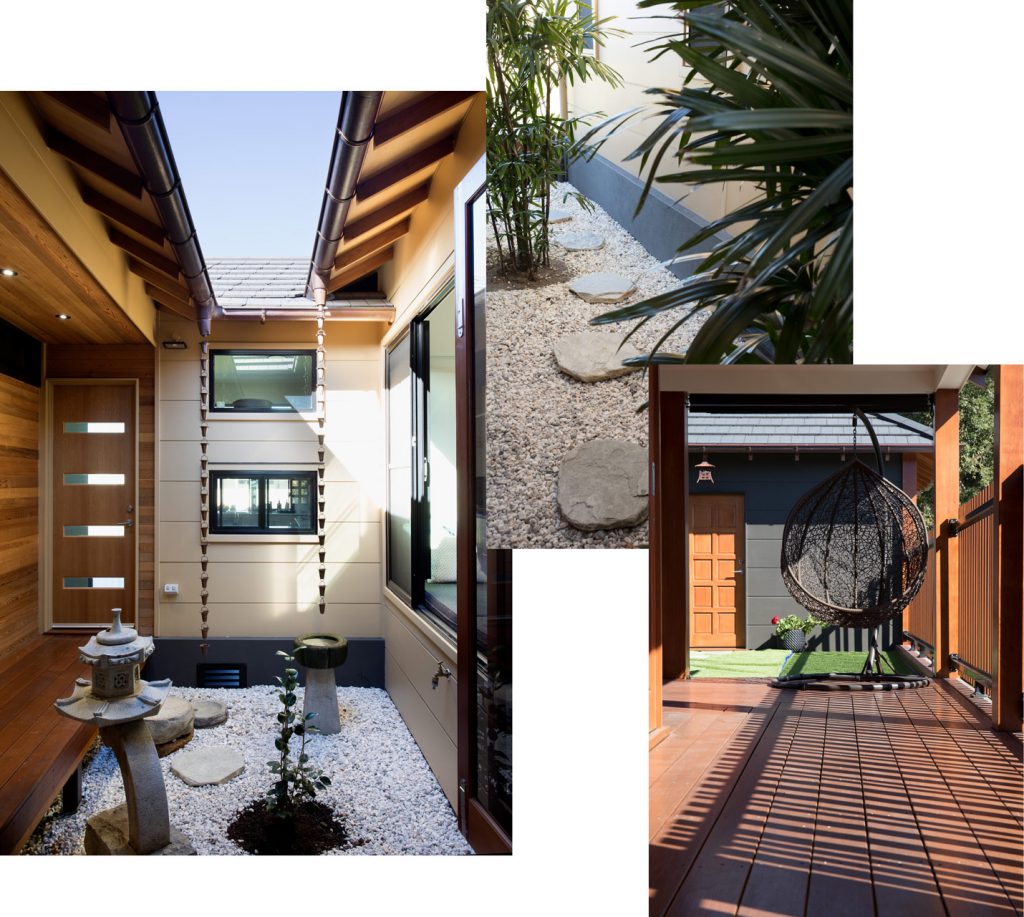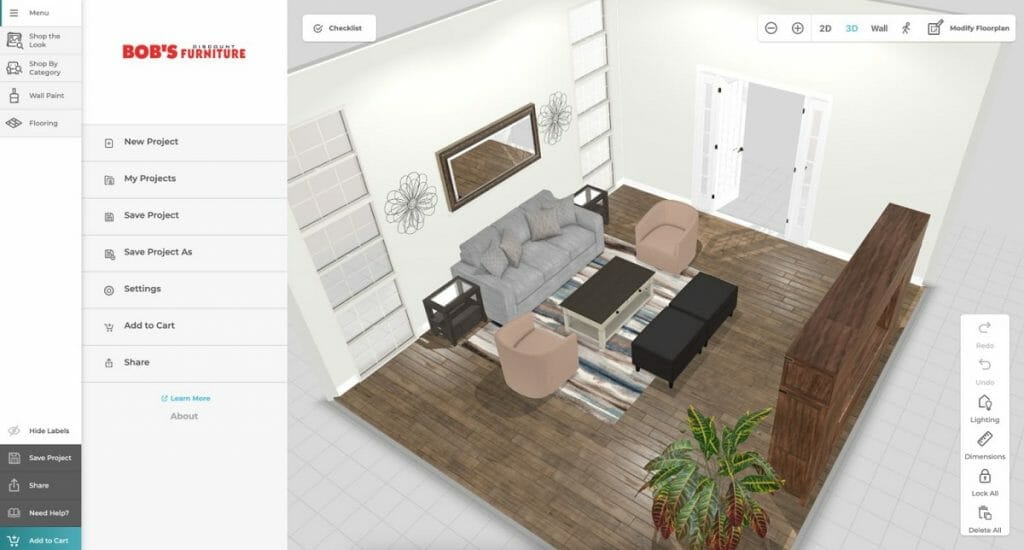Table Of Content

The design and spatial arrangement create the illusion of two long stacked corridors, similar to a passage garden, leading to a panoramic view of the neighborhood. Small details like handrails and furnishings are considered for a house with three children. Nets are used instead of fancy handrails for children’s safety and affordability.
Inside 5 Timeless Traditional Japanese Houses
The design also shows that when it comes to modern houses Japan based architecture studios often find ingenious and elegant solutions to complex problems. For example, this dwelling on an elevated site required a new parking space. With a limited budget, the team discarded the idea of a new wall and created a slope that connects the house to the lower, adjacent land. It features an elongated roof that continues the angle of the topography and gives the dwelling its distinctive character and triangular silhouette.
History of Japandi style
Balancing privacy and an outdoor connection, this Japanese house employs sliding doors and large windows to infuse the space with natural light. This dwelling underscores a minimalist approach with sleek lines and a neutral color scheme. The skillful integration of natural materials and expansive windows harmoniously blends the indoors with the outdoors. This contemporary Japanese dwelling showcases a distinctive roof design, fostering an ambiance of openness and unity with the surrounding scenery.
The Dwell House Is a Modern Prefab ADU Delivered to Your Backyard
In other words, Japanese interior design abides by the rule that less is more. Marked by its minimalism and natural elements, this modern Japanese house features an open-plan arrangement and expansive windows that establish a sense of spaciousness and a link to the surrounding environment. The relationship between the interior and the garden is very important in traditional Japanese architecture. The gardens are design to be viewed from the low vantage point of a person seated in the room or on a tatami mat.
Naomi Pollock Explores Eight Decades of Japanese Residential Architecture - Architectural Record
Naomi Pollock Explores Eight Decades of Japanese Residential Architecture.
Posted: Tue, 10 Oct 2023 07:00:00 GMT [source]
The prosperous business is presently run by the tenth generation owner, Genbei Yamaguchi, who is also a kimono designer himself. The project is touted as the first true high-speed passenger rail line in the nation, designed to reach speeds of 186 mph (300 kph), comparable to Japan’s Shinkansen bullet trains. Brightline aims to link other U.S. cities that are too near to each other for flying between them to make sense and too far for people to drive the distance, Edens said.
The Key Principles of Japandi Style
The architects worked closely with the clients on the concept and incorporated their ideas into the house. The dwelling features grid beams and wooden pillars as well as partitions and walls that allow the family to change the living spaces as needed. Placed on opposite parts of the garden, the living room and kitchen on one side and the family play room and study on the other have glass doors that open completely to create uninterrupted indoor/outdoor spaces. Refined and minimal, Hayfe is a beautiful Japanese modern house in the city of Odawara, in the Kanagawa Prefecture, Japan.
Japandi Style Is a Fusion of 2 Popular Design Aesthetics—Here's How to Use the Trend in Your Home
"Doors with Japanese WASHI paper or made with Kumiko woodworking are art pieces that are naturally incorporated into the architecture while keeping the space very simple," Kaneko says. In traditional Japanese interiors, "the walls are white or light beige-toned plaster," Kaneko says. Benjamin Moore's Chantilly Lace or Snowfall White, as well as "a little textured Japanese plaster." When color does appear, it is inspired by nature and often displays a subtle gradation, Ashizawa explains.
The narrow two-story, 60-square-meter small house has a fully glazed street facade that displays the house’s activity. Depending on the angle of view, the volume of the house resembles a tower or a castle wall. House Tokyo is a small contemporary Japanese home constructed of several stacked boxes wrapped in corrugated steel on a 26 sq.m. Stacking and overlapping spatial volumes aid in the reduction of urban densification. Each level serves a different purpose in terms of usage and space, but they all blend.

Since 1976, we have worked with clients and contractors to build houses, interiors and other structures throughout California and the rest of the world. Japan has mastered the art of blending modern technologies and lifestyles with traditions and cultures that date back thousands of years. The architecture of their homes is one way this culture is preserved; a strong connection to nature pervades Japanese design. These homes were a fusion of modern nature and materials, as well as Japanese architectural techniques.
This is where people relax, sip a hot cup of tea, watch some TV, and enjoy each other’s company. Today, you’ll be hard-pressed to find such a table in a regular Japanese living room, as comfortable chairs and sofas are replacing the seiza position. One unique characteristic is how the homes are built according to their natural surroundings. As you enter the home, you’re greeted by a black wood-burning stove, tatami room, and garden space.
The epitome of minimalist architecture, John Pawson’s design is as beautiful as it is purposeful. Named Okinawa House, this weekend and holiday retreat offers the perfect respite from city living. The owners live in Tokyo and wanted a dwelling where they could escape the urban setting.
Designed by CUBO Design Architect, the building has a geometric silhouette. A concrete base supports a dark wood volume that cantilevers on two sides to create sheltered outdoor spaces. Stepping inside, guests find a stylish living space designed with minimalist features and carefully chosen materials. Apart from concrete surfaces and stone tiles, the house also features rich brown flooring and furniture along with black elements that mirror the exterior.

"Sometimes it's a white that works with the floor, so it has a bit of brown." This modern Japanese house boasts a unique design and natural materials, creating open and airy interiors. The central courtyard provides a tranquil focal point, promoting a sense of serenity. Minka, the traditional farmhouses of Japan, represent a wonderful but fast disappearing Japanese architectural style.
For this reason, we recommend building the smallest house that will provide the spaces you require. This geometrically structured framework is encased in corrugated steel and features large window openings. The interiors, on the other hand, expose wooden structures in the framework, creating a warm and cozy atmosphere. In this contemporary Japanese home, the contact of wood with the raw metal of the façade blends beautifully. The floors in this 50-square-meter home are divided into seven layers that step back and forth in line with window openings and furniture surfaces.













